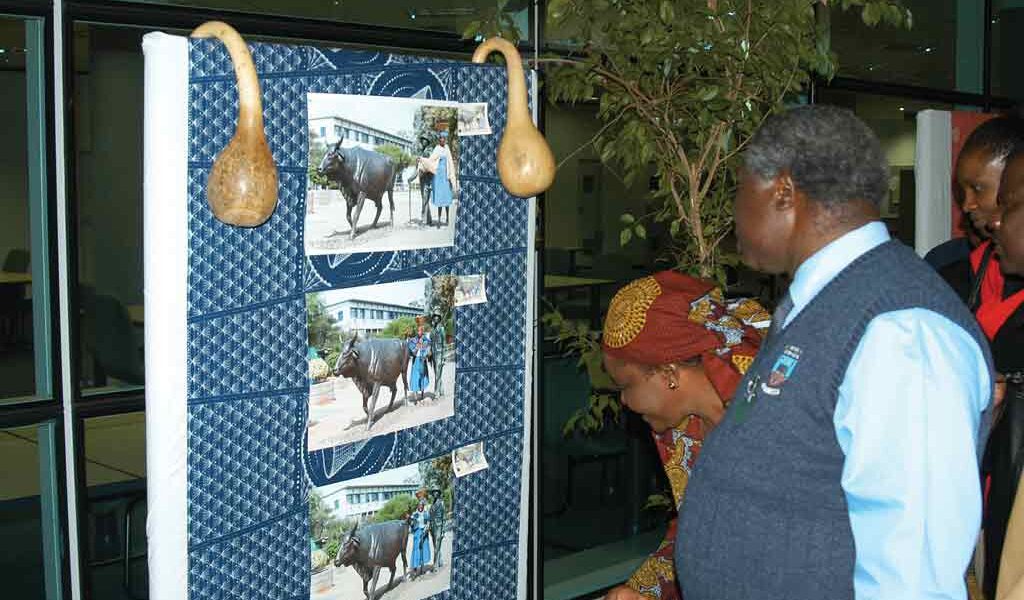Roman Grynberg
Recently a very new but also old way of financing infrastructure for development has been used in Ethiopia to fund what the country sees as a vital pillar of its economic future. To get investors into an impoverished landlocked country like Ethiopia, which is occasionally still involved in wars in neighboring Eritrea and Somalia, the government knows it really needs to provide investors with some incentive to locate there. The first thing that the government did was to rebuild the Addis-Djibouti railway which had been built in the 19th century and had deteriorated. This was done in the traditional way with funds (and of course engineering companies) from Beijing. A cost efficient transport system in a landlocked country is a precondition for any sort of substantial development.
It was however the GERD, the Grand Ethiopian Renaissance Dam, the $5 billion, 6,000 MW hydro-electric dam on the Blue Nile that was a really new and major development that may be the impetus to future development. The intent of the project is to provide Ethiopia’s industrialization with the kick-start it needed as cheap electricity had often been the basis of economic transformation in many countries like Malaysia and South Africa. The electricity, because it is hydro power, could be provided cheaply to local industry and would also be exported. There was only one problem- this was the Nile and the idea that someone would dam the Nile up-stream was unthinkable to the Egyptians. The Egyptians even threatened to destabilize Ethiopia and blocked every possible source of financing for Africa’s largest ever hydro-electric project. Not the World Bank and not even the Chinese, Ethiopia’s principle ally, would fund the dam itself though China reportedly agreed to fund the generators at a cost of $1.8 billion.
The Ethiopians are a proud and determined people who industrialization is not just a nice slogan in a glossy pamphlet, it is as one senior Ethiopian economist described it, ‘our only real chance for alleviating the poverty of the nation’s 100 million people’. In the end the Ethiopian government said it would come up with the $3 billion for the construction of the dam itself despite the opposition from Egypt. This is no small feat in country with a GDP/capita of USD450. This was done in a way that is, historically common enough- through internal savings. The government issued a bond and ‘asked’ local people to buy bonds, largely voluntarily from their monthly salary. Government workers were to contribute the equivalent of one month’s salary. It became a matter of national pride and prestige to contribute a part of one’s salary to buy these bonds. Both diaspora and local Ethiopians paid and in offices and factories Ethiopian people were urged to buy and USD 350 million was raised, with much of the balance coming from taxes. It is expected that bond sales will eventually reach $1 billion paying one third of the project and the rest comes from taxes. Repaying the bond will come from selling the electricity.
Indeed why could not such a system of ‘crowd funding’ be used to solve similar problems in countries in southern Africa like Namibia and Botswana? In fact a similar if even more radical form of crowd funding has been used in Botswana. The founder of Botswana, and its greatest leader, Sir Seretse Khama partly funded the construction of the University of Botswana (UB) in the 1970s with exactly this type of crowd funding by asking each family to contribute one cow for the cost of construction. Unlike Ethiopia there was no bond nor any repayments and it became an act of national generosity from what was then still an impoverished people. Outside UB there is an iconic bronze statue of a Motswana farmer bringing his cow to contribute to the building of the nation’s first university. The building of UB like the GERD has become an act of national solidarity where people recognize that development is a matter of personal sacrifice but one that will pay off to all of them in the end.
But why is it less likely these days? For at least two reasons first, because of diminished trust between the people and their government. People are far less likely to pay voluntarily these days than fifty years ago because of corruption. In Ethiopia however there is far more trust the government will not dare loot the funds raised for the GERD. What is more the crowd funding in Botswana was a gift to the state, the Ethiopian case is a loan which will be repaid from the export of electricity once the dam is operating next year.
In Botswana it would require a fundamental change in attitude of the population towards their government for Ethiopian style crowd funding or Sir Seretse Khama’s voluntary program to fund UB to ever work again. People would have to once again believe that those in government are operating in their best interests and not just aiming to get a share of infrastructure contracts for water or electricity projects.
These are the views of Professor Roman Grynberg and not necessarily those of UNAM where he is employed.

